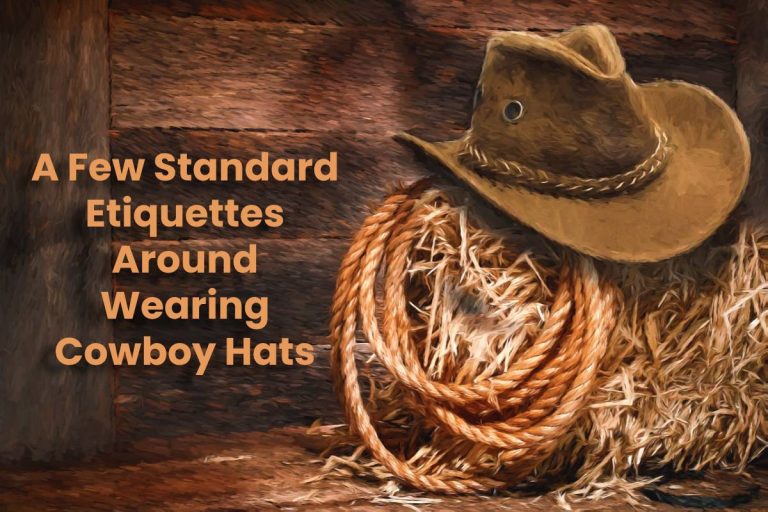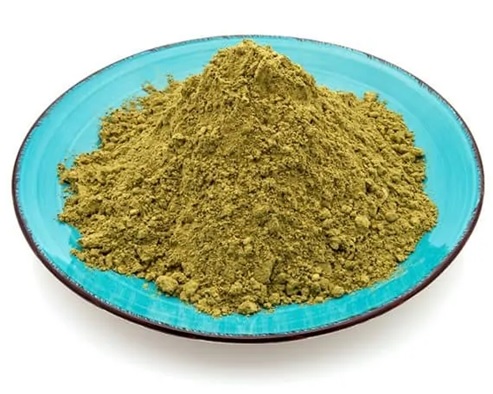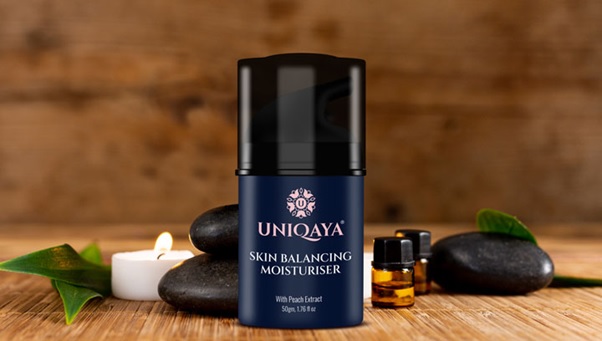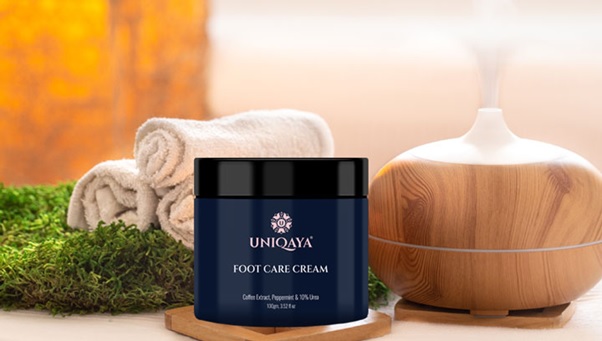Table of Contents
Embracing Your Hair’s Potential
Haircare is more than a routine; it’s an art form. Every strand on your head contributes to the masterpiece that is your hair. In “The Crown Chronicles,” we delve into the art of haircare, exploring the best practices to keep your hair healthy, vibrant, and full of life. Whether you’re a novice or a seasoned hair enthusiast, this guide will equip you with the knowledge to master your haircare regimen.
Foundations of Effective Haircare
The journey to beautiful hair begins with understanding its basic needs. Just like a painter primes a canvas, your hair requires foundational care. This includes selecting the right products, like a nourishing Kerastase oil, which can work wonders in keeping your hair moisturized and healthy. Let’s explore how to lay this groundwork effectively.
Know Your Hair Type
Identifying your hair type is crucial. Is it curly, straight, wavy, fine, thick, or coily? This knowledge will guide you in choosing the right products and routines.
Cleansing and Conditioning
A balanced cleansing and conditioning routine is essential. Avoid harsh shampoos that strip natural oils, and opt for conditioners that suit your hair type, whether it needs volume, moisture, or repair.
Nourishing Your Hair
Nourishment is key to maintaining hair health. Just like a plant needs water and sunlight, your hair requires proper nutrition to grow and shine.
The Role of Oils
Hair oils, like coconut, argan, and jojoba, play a significant role in nourishing the scalp and hair. They provide essential nutrients and moisture, promoting hair strength and shine.
Deep Conditioning Treatments
Regular deep conditioning treatments can rejuvenate and repair hair. These treatments help in restoring moisture and repairing damage caused by environmental factors and styling.
The Art of Styling
Styling your hair can be a creative expression, a way to showcase your personality and mood.
Heat Styling With Care
When using heat styling tools, always protect your hair with a heat protectant. Try to use the lowest heat setting that is effective to minimize damage.
Exploring Non-Heat Styles
Experiment with braids, twists, and updos that don’t require heat. These styles can be gentle on your hair while still being stylish and creative.
Protecting Your Hair
Your hair is exposed to various external factors that can cause damage. Protecting it is essential to maintain its health and luster.
Shielding from Environmental Stressors
Sun, wind, and pollution can take a toll on your hair. Protect your hair with hats or scarves when outside and use products with UV protection.
Avoiding Overprocessing
Minimize chemical treatments like coloring, perming, or straightening. Overprocessing can lead to damage, dryness, and breakage.
Haircare and Lifestyle
Your lifestyle choices can have a significant impact on your hair health. A holistic approach to haircare involves more than just topical treatments.
Diet and Hair Health
A nutritious diet rich in vitamins, minerals, and proteins is vital for hair health. Foods like eggs, nuts, and leafy greens can boost hair growth and strength.
Stress Management
Stress can negatively impact your hair. Practices like yoga, meditation, and regular exercise can help manage stress levels, benefiting your hair.
Advanced Haircare Techniques
As you become more adept at haircare, exploring advanced techniques and treatments can further enhance your hair’s health and appearance.
Scalp Treatments
Healthy hair starts with a healthy scalp. Scalp treatments can address issues like dryness, oiliness, and dandruff, promoting overall hair health.
Hair Masks and Serums
Incorporate hair masks and serums into your routine. These products provide intensive care and target specific hair concerns like frizz, dryness, or damage.
The Role of Professional Care
While at-home care is crucial, professional haircare can also play a significant role in maintaining your hair’s health.
Regular Salon Visits
Regular visits to a professional stylist can help keep your hair in optimal condition. They can provide services like trims, treatments, and expert advice.
Consulting with Haircare Professionals
If you’re facing specific hair concerns, consulting with a trichologist or a professional stylist can provide you with tailored advice and solutions.
Embracing Natural Beauty
In the pursuit of perfect hair, remember to embrace and celebrate your hair’s natural texture and uniqueness. Your hair is a part of your identity, and learning to love it in its natural state is a crucial step in mastering the art of haircare.
Celebrating Diversity
Every hair type is beautiful. Embrace the diversity of hair textures and types, and learn styling techniques that enhance your natural hair.
Your Hair, Your Masterpiece
Mastering the art of haircare is a journey that involves learning, experimenting, and adapting. Your hair is your crown, a reflection of your unique beauty. By embracing effective haircare practices, nourishing your hair inside and out, and celebrating its natural beauty, you turn your hair into a living masterpiece. Remember, the ultimate goal of haircare is not just to achieve aesthetic perfection but to foster health, confidence, and self-expression through your beautiful, well-cared-for hair.



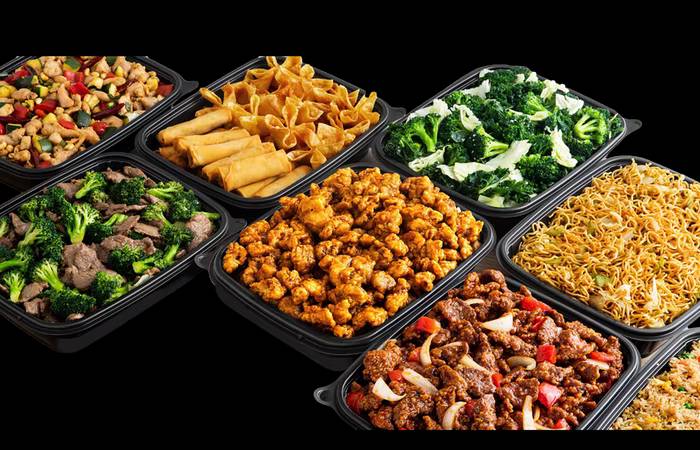
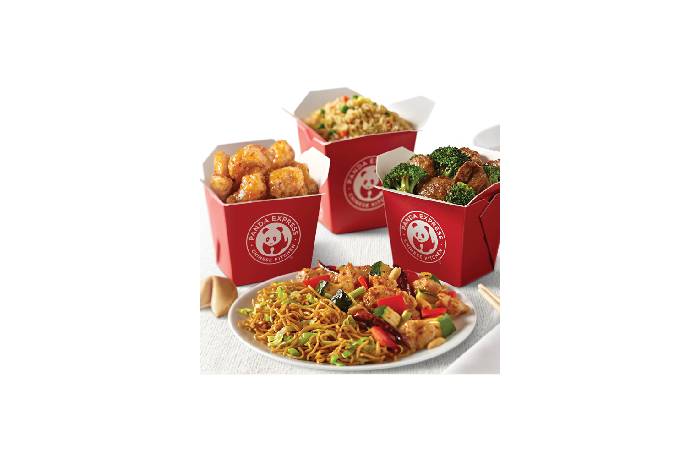


 Pre-existing conditions may worsen during pregnancy, putting the mother’s and her baby’s health at risk. Asthma, diabetes, and depression during pregnancy can harm the mother and child if not appropriately managed.
Pre-existing conditions may worsen during pregnancy, putting the mother’s and her baby’s health at risk. Asthma, diabetes, and depression during pregnancy can harm the mother and child if not appropriately managed.




